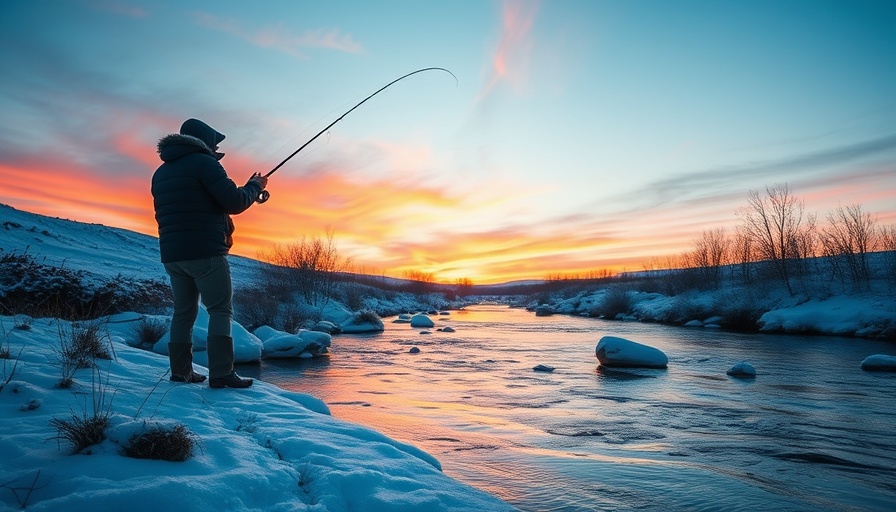
The State's Response: A Critical Turning Point
Colorado's decision to suspend trapping following the tragic death of a wolf highlights a complex intersection between wildlife management and conservation efforts. The wolf's death, caused by a coyote trap set at a livestock operation, has reignited discussions about the ethical implications of trapping and its impact on non-target species.
Understanding Trapping in Wildlife Management
Trapping has long been a controversial practice within wildlife management. It serves dual purposes: controlling animal populations to protect livestock and managing species that threaten agricultural interests. However, data indicates that such practices can also inadvertently harm other wildlife, like the wolf in this case. This incident raises important questions about the efficacy and morality of trapping methods currently employed.
The Broader Ecosystem Impact
Wolves play a vital role in maintaining ecological balance. As apex predators, they influence populations of other species, which in turn helps sustain healthy habitats. The death of the wolf not only affects its immediate ecosystem but may also lead to a ripple effect on other wildlife, including potential overpopulation of prey species like deer or elk. Considering this, the decision to suspend trapping comes as a proactive measure to protect the remaining wolf population and its ecological importance.
Community Reactions: Voices from the Front Lines
Local ranchers and conservationists are divided in their opinions. Ranchers often voice their frustrations about livestock predation, which can lead to significant economic losses. Conservationists advocate for non-lethal predator management strategies, highlighting alternatives like guardian animals and fencing. This situation calls for a dialogue among those affected to devise comprehensive strategies that respect both livestock needs and wildlife conservation efforts.
Future Predictions: Finding Common Ground
The suspension of trapping may signal a shift in policy towards more humane wildlife management practices in Colorado and beyond. With increased public awareness of animal welfare, states may lean towards adopting innovative practices like monitoring programs that encourage coexistence rather than elimination. Reassessing trapping regulations could lead to reconciliatory approaches that respect both agricultural practices and wildlife conservation, paving the way for sustainable coexistence.
Your Role: Advocating for Balanced Solutions
As a community member who enjoys the outdoors, your voice and actions can influence policy changes. Engaging in local forums, participating in conservation efforts, and supporting humane wildlife management initiatives are ways to take part in this critical dialogue. When communities unite to advocate for solutions that protect both agricultural livelihoods and wildlife, they contribute to a healthier environment for all.
Call to Action: Everyone Can Make a Difference
As discussions surrounding wildlife management and conservation continue, it is essential for individuals and communities to stay informed and engaged. Consider participating in local conservation groups or initiatives that advocate for sustainable practices. Share your thoughts and experiences related to trapping and wildlife management – your voice matters!
 Add Row
Add Row  Add
Add 




Write A Comment